Illinois is full of stories that spark the imagination. From ancient artifacts to gold hidden by outlaws, the state holds secrets waiting to be discovered. These treasures, buried by time and mystery, have drawn treasure hunters for generations.
Imagine stumbling upon a box of gold coins or a forgotten map leading to riches. It might sound like a movie, but tales like these are woven into the history of Illinois.
Some treasures remain lost, while others lie just beneath the surface, waiting for someone bold enough to uncover them.
Whether you love adventure, history, or a good mystery, Illinois has a treasure story for you. Hidden beneath its rolling plains and forested hills are whispers of riches and relics.
Who knows? The next big discovery could be just around the corner.
16 Lost Treasures in Illinois You Can Still Find
These represent some of the greatest and most captivating Illinois treasures yet to be uncovered:
Henri de Tonti’s Buried Gold – $1,000,000+

Henri de Tonti was a French military officer and explorer who assisted René-Robert Cavelier. According to legend, he and his men buried a stash of gold near Starved Rock in the late 1600s.
The treasure is believed to include gold coins and valuable trade goods. Tonti supposedly buried it to protect it from raids or rival explorers.
Some accounts suggest it may have been hidden near the Illinois River, close to Starved Rock, a landmark known for its steep cliffs and strategic location.
Starved Rock was an important site for Native American tribes and early European explorers. Tonti’s journey through the region brought him into contact with various tribes, and he used gold and goods to establish alliances.
How much the treasure would be worth today
Gold coins alone today could be worth over $500,000 depending on their weight and rarity. If the trade goods included items like jewelry, or artifacts, the total value could exceed $1 million.
Sam Anatuna’s Hidden Loot – $700,000+
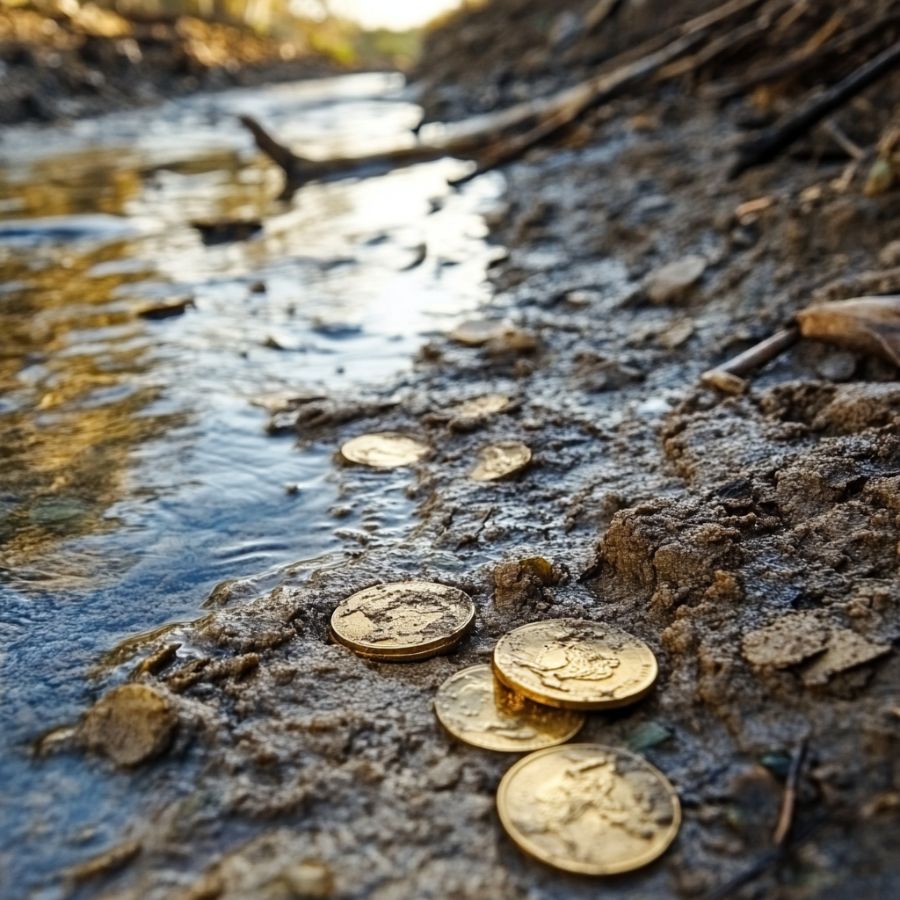
Sam Anatuna was a notorious outlaw who operated during the Prohibition era. Known for his daring heists and cunning nature, he reportedly hid a stash of stolen money and valuables near Briarwood Glen.
This loot was hidden sometime in the 1920s to avoid capture by law enforcement after one of his biggest robberies.
The hidden treasure is said to include thousands of dollars in cash, along with jewelry and other stolen items. Anatuna was infamous for targeting wealthy individuals and businesses, making his loot a collection of high-value items.
Anatuna was eventually caught and imprisoned, but he never revealed the whereabouts of his hidden treasure. Briarwood Glen has since become a hotspot for treasure hunters eager to uncover Anatuna’s fortune.
How much the treasure would be worth today
Adding in the jewelry and other stolen valuables, to the cash, the total could be over $700,000 today.
Cave-in-Rock Outlaws’ Treasure – $2,000,000+
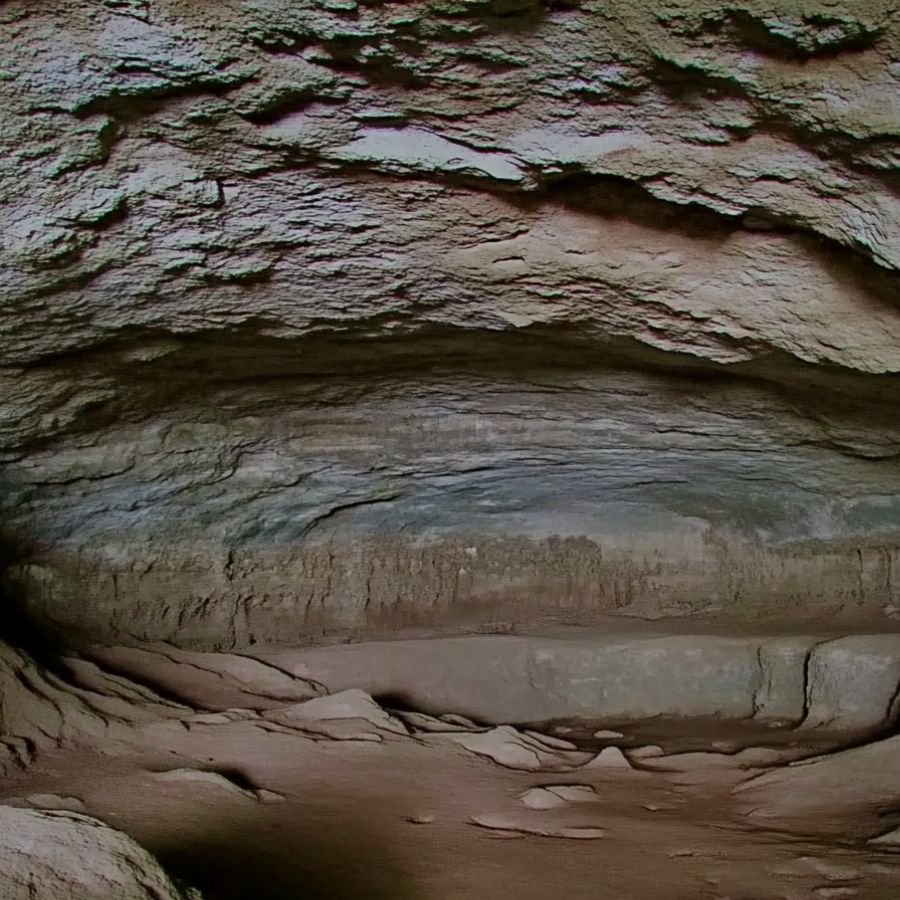
Cave-in-Rock, located along the Ohio River in southern Illinois, was once a hideout for notorious outlaws in the late 1700s and early 1800s.
These criminals, including figures like Samuel Mason and the Harpe brothers, were known for robbing travelers and riverboats.
It is believed that they hid their stolen loot in and around the cave to keep it safe. The treasure is believed to consist of gold coins, silver, and other valuables stolen from their victims.
Cave-in-Rock’s secluded location made it an ideal hiding spot for outlaws seeking to evade capture.
How much the treasure would be worth today
The Cave-in-Rock outlaws’ treasure could be worth over $2 million.
George Rogers Clark Expedition’s Silver – $1,500,000+
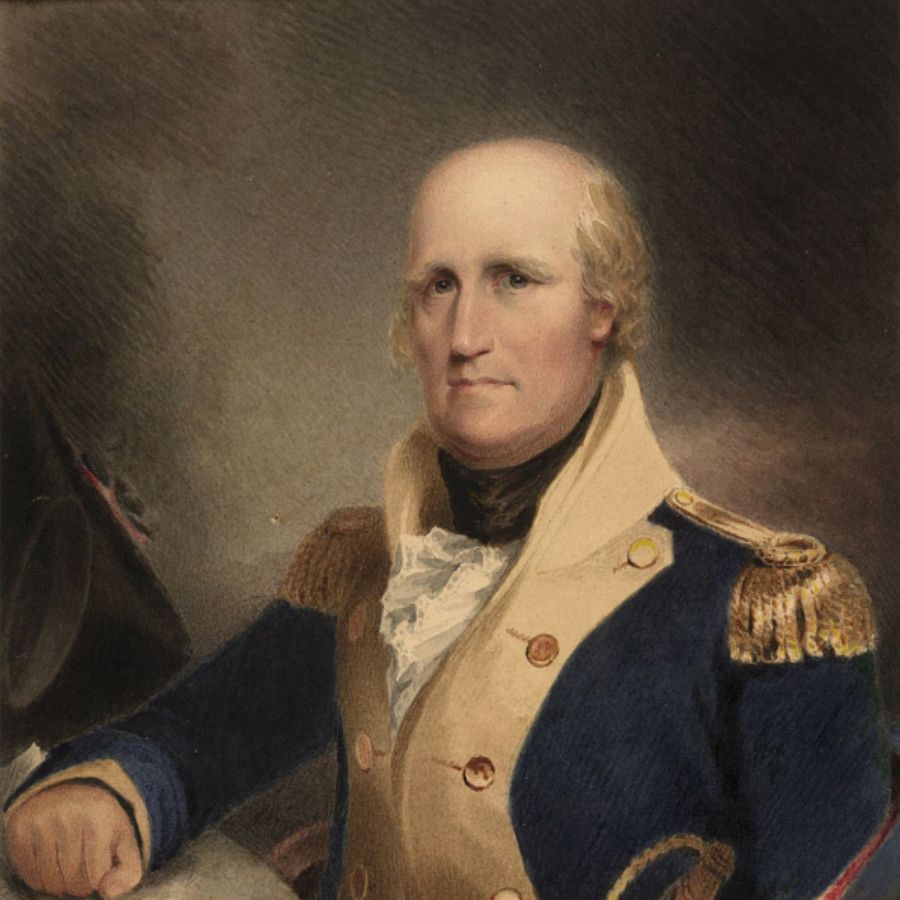
During the Revolutionary War, George Rogers Clark led expeditions to secure the western frontier for the American colonies. He was a key figure in the American Revolution, known for his leadership and daring strategies.
According to legend, his troops carried a large amount of silver coins intended to pay soldiers and purchase supplies. To protect it from being captured by British forces, the silver was supposedly buried near Chester, Illinois, in the late 1770s.
The treasure is believed to include thousands of silver coins, making it a highly valuable stash.
Chester was a strategic location near the Mississippi River, and the surrounding rugged terrain provided a secure hiding spot.
How much the treasure would be worth today
The silver coins, adjusted for inflation and market value, could be worth over $1.5 million today.
Vito Giannola’s Buried Money – $1,000,000+
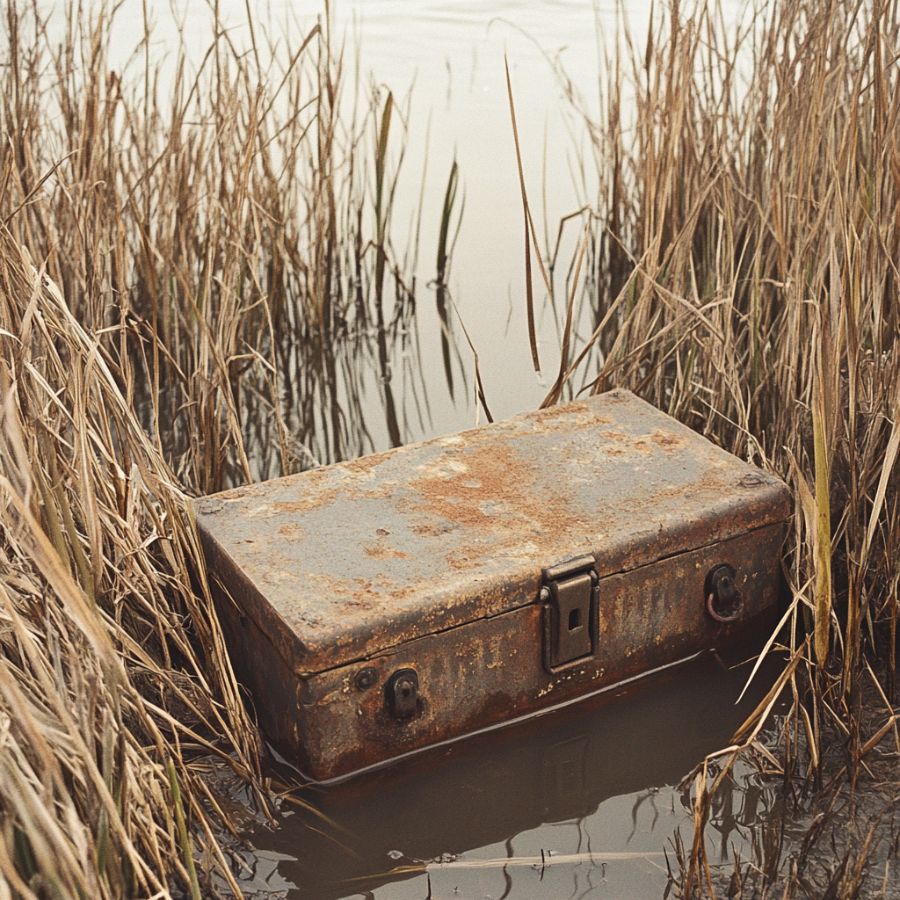
Vito Giannola was a powerful mob boss who controlled organized crime in St. Louis during the 1920s. As leader of the Giannola crime family, he amassed a fortune from illegal activities, including bootlegging and gambling.
It is believed that Giannola buried a large sum of money near Horseshoe Lake in Illinois to hide it from rivals and law enforcement.
Horseshoe Lake was an ideal location for Giannola to stash his wealth due to its secluded areas and proximity to St. Louis. The money is thought to have been buried possibly during a time when Giannola faced increasing threats from rival gangs.
Giannola was killed in 1927 during a gang war. His violent reign and mysterious death left behind tales of hidden wealth that continue to intrigue treasure hunters.
How much the treasure would be worth today
The treasure could be worth over $1 million today. The treasure’s connection to organized crime history could make it even more valuable to collectors and historians.
Bishop Hill Colony’s Hidden Wealth – $5,000,000+
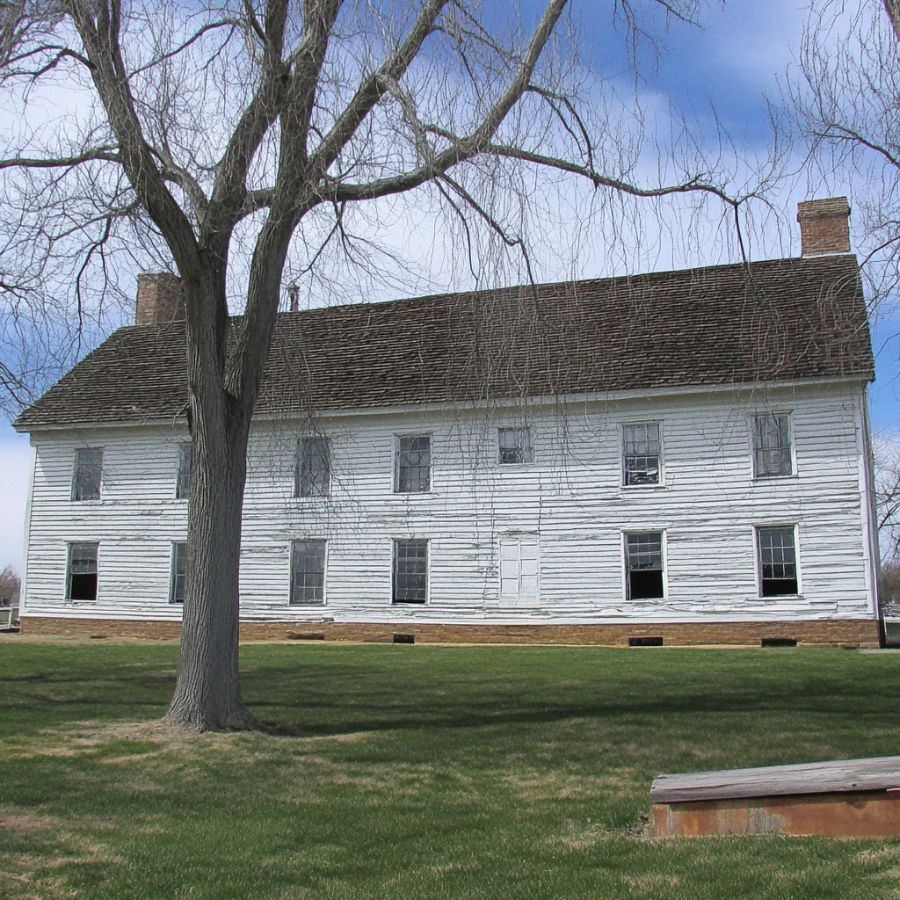
The Bishop Hill Colony was a Swedish communal settlement founded in 1846 by religious dissidents led by Erik Jansson.
It is believed that the colony had amassed significant wealth during its peak through farming and trade. This treasure, however, mysteriously disappeared after the community disbanded in the late 19th century.
Erik Jansson, the charismatic leader, and his close followers are believed to have hidden the treasure to protect it from outsiders or to preserve it for future use.
The treasure is rumored to be buried somewhere near the Bishop Hill Colony grounds. Some believe it is hidden in the fields surrounding the village, while others speculate it could be in an underground vault.
It is thought that the wealth was hidden around the time Erik Jansson was murdered in 1850. After his death, the community lost much of its unity, and the knowledge of the treasure’s location may have died with him.
How much the treasure would be worth today
If the Bishop Hill treasure were found today, its value would be immense. Based on historical records and inflation, experts estimate it could be worth around $5 million.
Galena’s Forgotten Fortunes – $1,000,000+
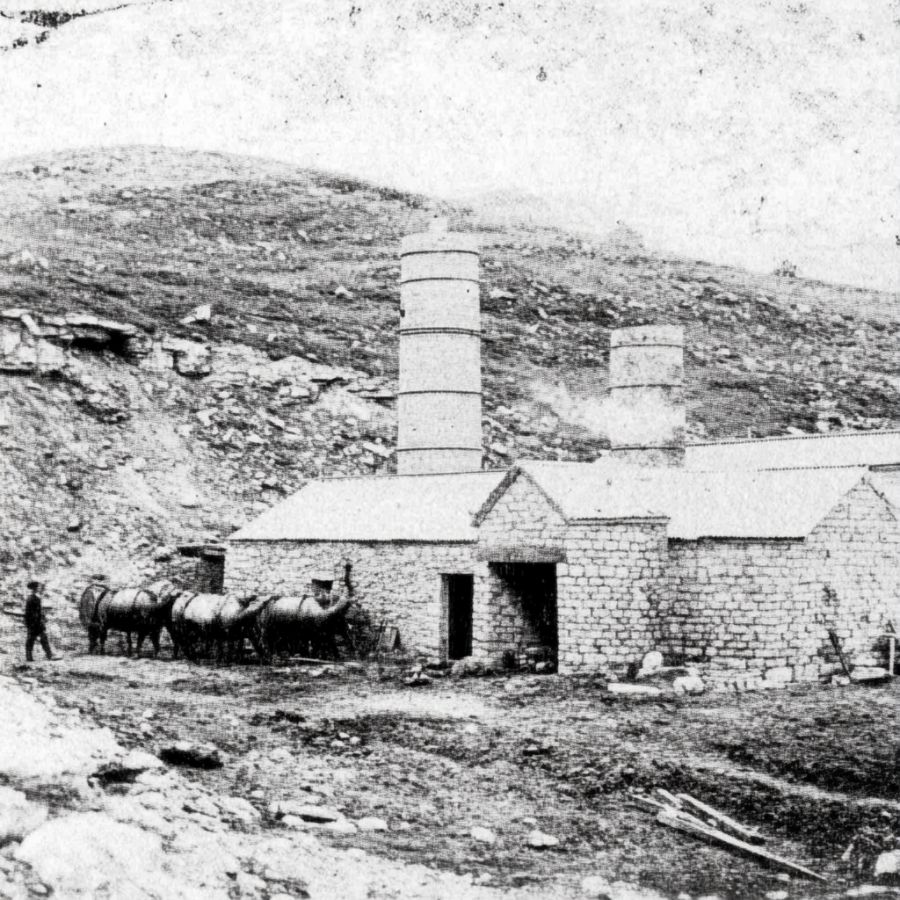
Galena, Illinois, was a booming mining town in the 1800s, known for its rich deposits of lead. During this time, wealthy miners and merchants are said to have hidden large sums of money and valuables to protect them from thieves and natural disasters.
The hidden treasures are believed to include gold coins, silver, and jewelry, along with rare mining artifacts.
Some of these fortunes were never recovered, especially after the town’s economic decline in the late 1800s.
Wealthy residents reportedly buried their riches near their homes or in nearby hills. Galena’s rugged landscape, with its rolling hills and dense forests, provided perfect hiding spots that remain untouched.
How much the treasure would be worth today
The gold and silver could be worth over $1 million. Jewelry and mining artifacts could add hundreds of thousands of dollars more.
Harvey John Bailey’s Stolen Million – $15,000,000+
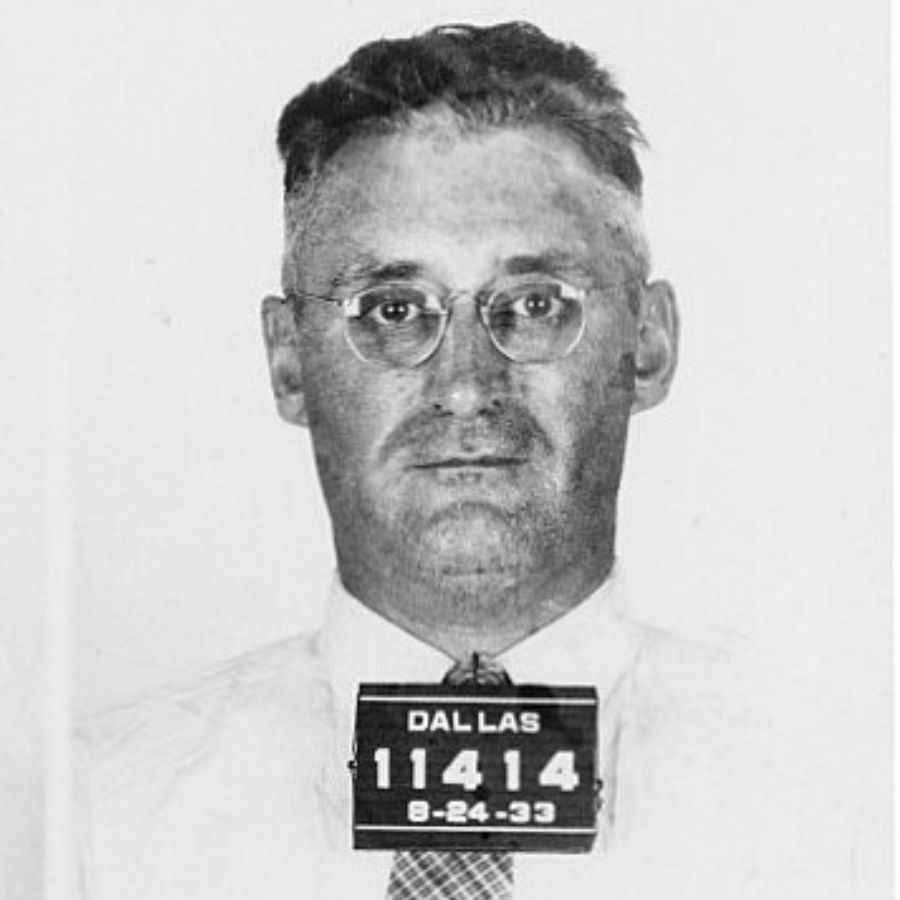
Harvey John Bailey, often called “The Dean of American Bank Robbers,” was a notorious criminal in the 1920s and 1930s. Known for his expertise in robbing banks, he is believed to have hidden a stolen million dollars near Richmond, Illinois.
The hidden loot is said to include cash and possibly gold bonds stolen during one of Bailey’s daring heists.
Richmond, with its rural landscape and secluded areas, would have been an ideal place for Bailey to hide his fortune. Despite his capture in 1933, Bailey never revealed the location of the stolen money.
Bailey’s criminal career ended when he was arrested and later convicted for his crimes. His silence about the treasure has fueled speculation and numerous searches in the Richmond area.
How much the treasure would be worth today
The stolen cash and gold bonds could be worth over $15 million today.
Dr. Anna Bigsby’s Cave Treasure – $500,000+

Dr. Anna Bigsby was a respected physician in southern Illinois in the early 1800s. According to local legend, she hid her fortune in a cave in Hooven Hollow to protect it from her second husband, whom she did not trust.
This treasure was hidden sometime during her later years, and the cave, now known as Dr. Anna Bigsby’s Cave, became part of her story.
The cave, located on Rock Creek in Hardin County, provided a secluded and secure spot for hiding her wealth.
Dr. Bigsby’s story reflects the challenges faced by independent women of her time. Her decision to hide her wealth speaks to her determination to protect what she had earned.
The mystery of her treasure continues to attract the attention of those intrigued by her legacy and the lost fortune.
How much the treasure would be worth today
Her treasure could be worth over $500,000 today.
Silver Dollars near Golconda – $600,000+
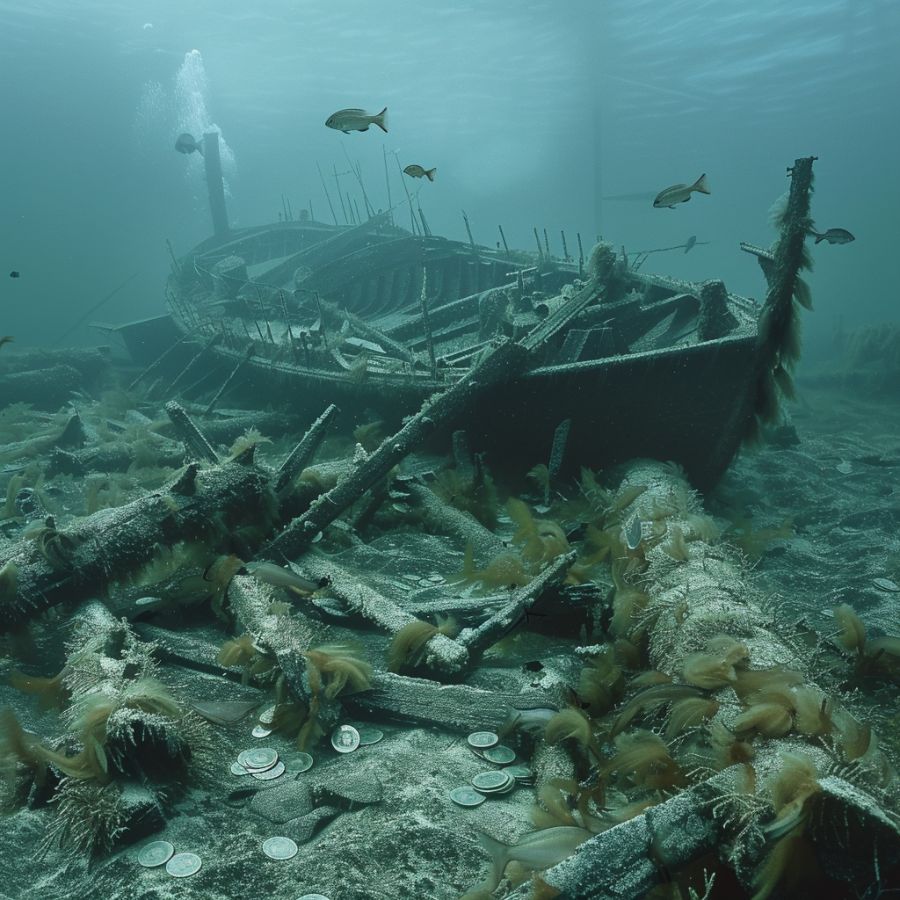
The story of the Silver Dollars near Golconda is tied to the bustling riverboat trade along the Ohio River in the 1800s. It’s believed that a riverboat carrying silver dollars was wrecked near Golconda, and the coins were either lost in the river or buried nearby by survivors.
The hidden treasure is thought to include hundreds, if not thousands, of silver dollars that were part of the boat’s cargo. Golconda’s location along the Ohio River made it a busy port, and such a wreck would have caused panic and a rush to recover valuables.
While some coins may have sunk with the boat, others might have been buried by crew members or salvagers, hoping to retrieve them later.
Riverboats were a vital part of trade and transportation during this era, and accidents were not uncommon.
How much the treasure would be worth today
The silver dollars, depending on their rarity and condition, could be worth over $300,000. If the coins include rare mints or historically significant pieces, the total value could exceed $600,000.
August Wunderlich’s Buried Strongbox – $400,000+
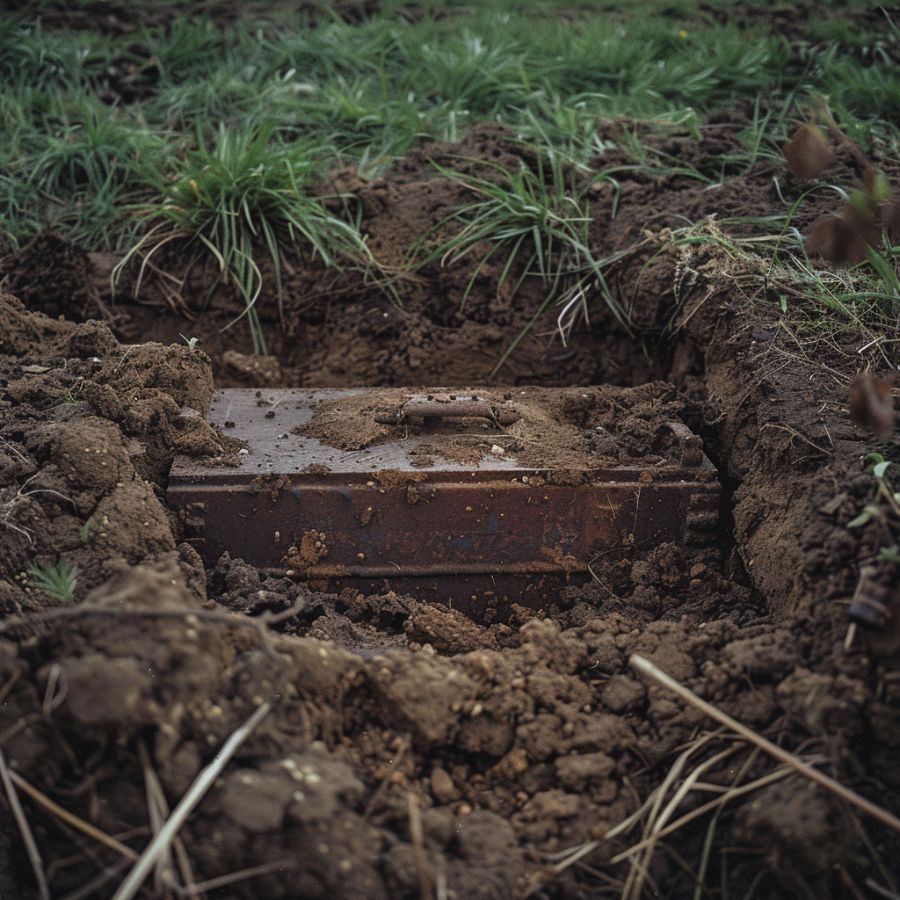
In the mid-1800s, August Wunderlich, a farmer in Randolph County, buried a strongbox of money on his 40-acre farm. He feared outlaws and wanted to keep his savings safe.
Tragically, Wunderlich died without telling anyone where the strongbox was hidden, leaving its location a mystery.
The strongbox is believed to contain cash, gold coins, and possibly other valuables saved over years of hard work. Wunderlich’s farm, located in a rural area of Randolph County, provided plenty of potential hiding spots, from fields to wooded areas.
Wunderlich was known as a careful and hardworking man. His decision to bury his money reflected the challenges of living in an era when banks were unreliable, and theft was a constant threat. The story of his hidden fortune continues to fascinate locals and treasure seekers.
How much the treasure would be worth today
The buried cash and gold coins today could be worth over $200,000. If rare coins are included, the total value might exceed $400,000.
John Hill’s Gold Coins near Carlyle – $1,000,000+
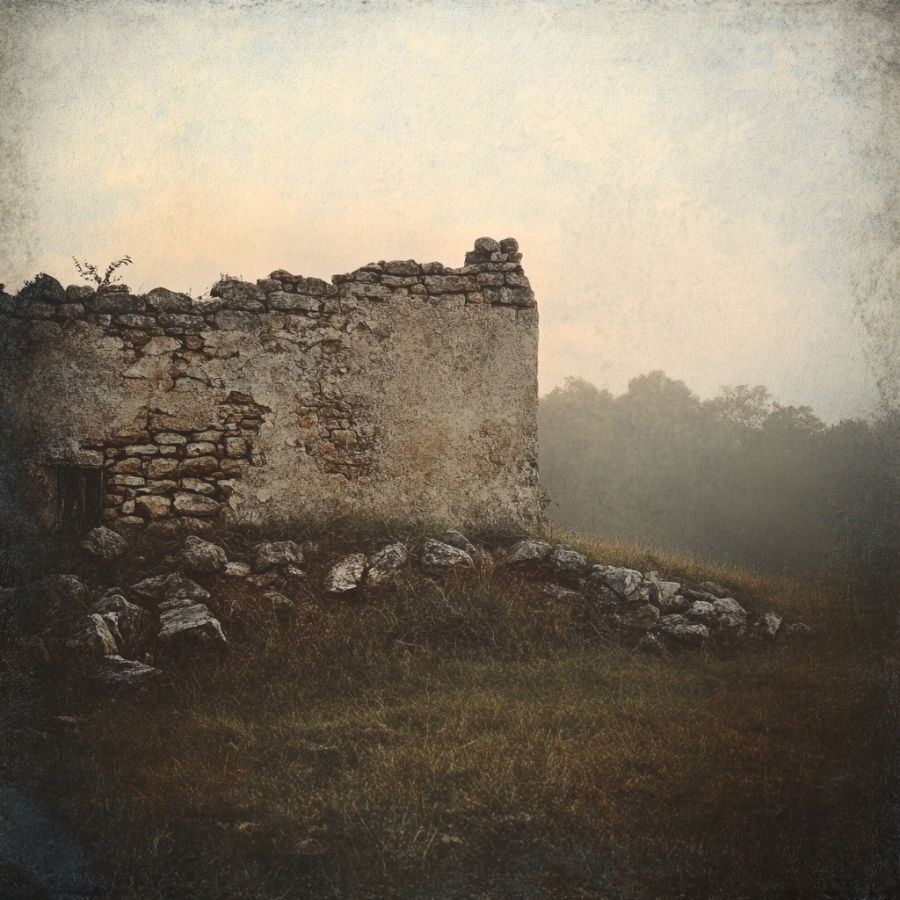
John Hill, a settler in Carlyle, Illinois, is said to have buried a fortune in gold coins near his fort before his death in 1830. Hill, known for his wealth and influence, reportedly hid the treasure to protect it from theft during uncertain times.
The fort, located six blocks south of the Carlyle courthouse, served as both a home and a stronghold.
The treasure is believed to consist of a significant amount of gold coins, carefully buried to ensure their safety.
John Hill’s life was marked by ambition and success as he established himself in the growing settlement of Carlyle. His legacy lives on through the tales of his hidden wealth, which continue to intrigue treasure hunters and historians alike.
How much the treasure would be worth today
John Hill’s Gold Coins could be worth over $1 million today.
Elijah P. Lovejoy’s Printing Press Relics – $500,000+
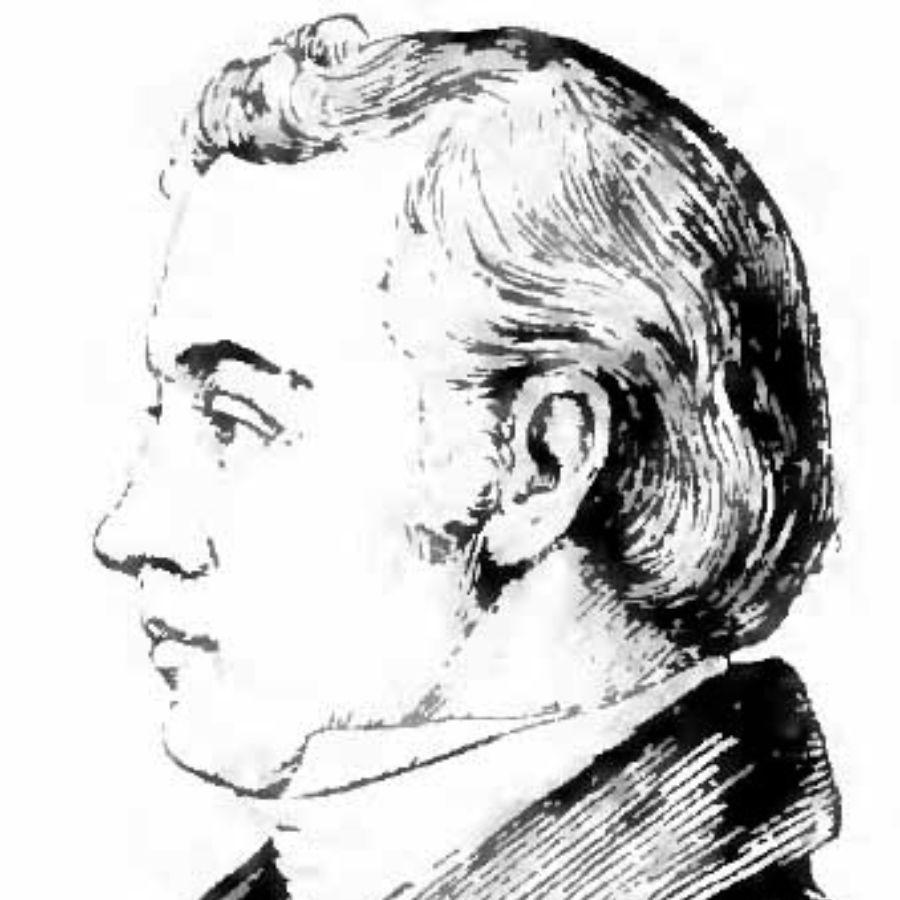
Elijah P. Lovejoy was a passionate abolitionist and journalist in the early 1830s. His printing press, used to publish anti-slavery materials, was repeatedly destroyed by pro-slavery mobs.
After his final press was destroyed in 1837 during a violent attack in Alton, Illinois, some believe pieces of the press were hidden or buried to preserve them.
The relics are thought to include fragments of the printing press, possibly along with other documents or tools used in Lovejoy’s abolitionist efforts. They are believed to be hidden near the site of the old warehouse where the attack occurred or along the Mississippi River.
Lovejoy’s work and tragic death made him a martyr for the abolitionist movement. His story has inspired searches for the lost relics, which hold historical significance not only for their connection to him but also for their role in the fight against slavery.
How much the treasure would be worth today
If discovered, the printing press relics could be worth over $500,000.
Lost Loot of Cahokia – $3,000,000+
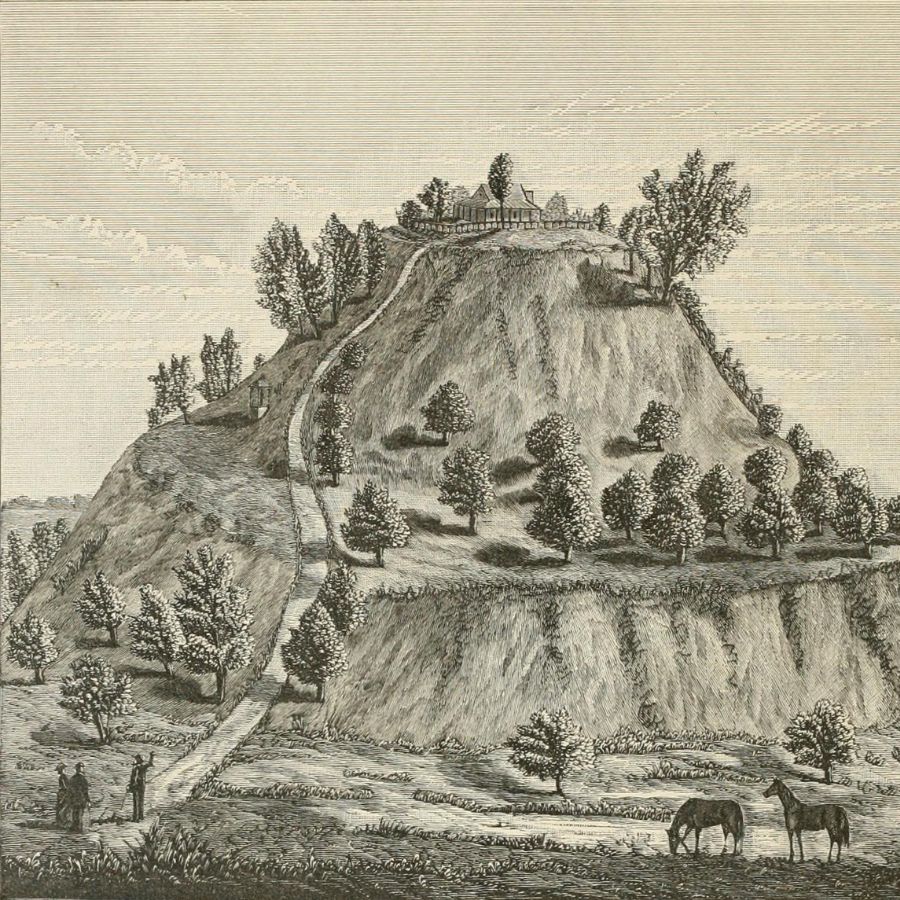
The Lost Loot of Cahokia is tied to the ancient city of Cahokia, a thriving Native American settlement that existed around 1000 to 1400 AD near present-day Collinsville, Illinois.
As a major trading hub, Cahokia is believed to have been a center for the exchange of goods like copper, shells, and precious stones.
According to legend, during times of conflict or upheaval, Cahokians may have hidden valuable items to protect them from raiders or rivals.
The treasure is thought to include ceremonial artifacts, jewelry, and other valuable trade goods. Some stories suggest that these items were buried in secret locations near Cahokia’s famous earthen mounds or in nearby wooded areas.
How much the treasure would be worth today
The value of the lost loot, including artifacts and trade goods, could exceed $1 million. If rare ceremonial pieces were found, the total could rise to over $3 million.
Mackinaw River Treasure – $750,000+

The Mackinaw River in central Illinois is said to be the hiding place of a mysterious treasure. According to local legend, a band of outlaws buried a stash of gold coins and other valuables along the river. They were fleeing from law enforcement and sought to hide their loot.
The outlaws reportedly buried the cache near a bend in the river or in the dense woods along its banks. The exact location has been lost to history, and the treasure remains one of Illinois’ enduring mysteries.
The Mackinaw River area, with its secluded spots and thick forests, was an ideal hiding place for outlaws during the 19th century.
Over the years, treasure hunters have searched the region in hopes of uncovering the lost wealth.
How much the treasure would be worth today
The gold and silver of the Mackinaw River treasure could be worth over $750,000.
Edwardsville Stagecoach Gold – $6,000,000+

The Edwardsville Stagecoach Gold is a tale of hidden wealth dating back to the mid-1800s. It is said that a stagecoach carrying gold bars and coins was ambushed near Edwardsville, Illinois, during the height of the Gold Rush.
Fearing capture, the driver and guards reportedly buried the treasure to hide it from the robbers.
The treasure is believed to consist of gold bars and coins, possibly worth thousands even at the time. Local accounts suggest it was hidden by the stagecoach crew, who planned to return but never did.
Some say the robbers found the stagecoach but not the gold, while others believe the treasure remains untouched.
Many think the gold is buried near an old stagecoach route close to Edwardsville. Some reports point to a wooded area near Cahokia Creek, which runs through the region.
How much the treasure would be worth today
If the Edwardsville Stagecoach Gold were found today, this treasure would be worth around $3 to $6 million.


